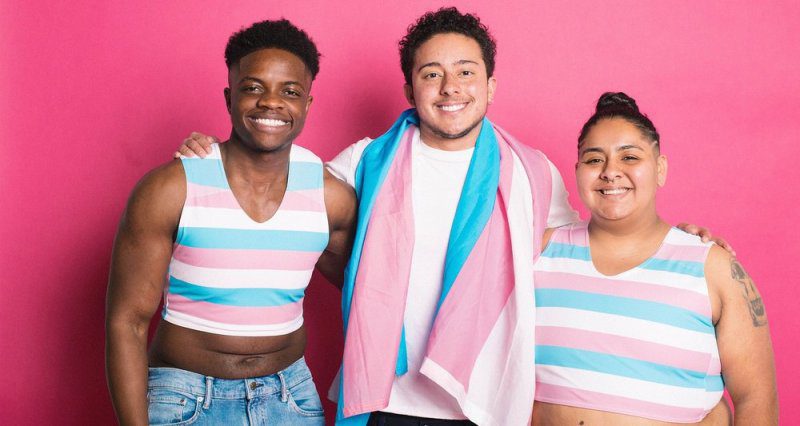Transgender and Transsexual – Are they the same?
People seem to use ‘transgender’ and ‘transsexual’ interchangeably. In reality, they are not used to mean the same thing. The term ‘transgender’ encompasses various meanings and gender identities. Being such a broad term, ‘transgender’ includes people whose gender does not match the sex assigned at birth (Abrams, 2019).
Before we go into depth about this topic, it is important to be clear about the difference between ‘sex’ and ‘gender’. Although you probably have heard of the distinction between these two concepts multiple times, people tend to forget ‘intersex’ when breaking down the word ‘sex’, including only ‘male’ and ‘female’. Intersex refers to individuals who have ambiguous sex characteristics, or who have sex characteristics belonging to both the male and female sex (Clements, 2019). Whilst ‘sex’ refers to the biological characteristics and genitals of a person, ‘gender’ refers to the sex that a person identifies with. This means that a person can be born with female sex characteristics and, therefore, be a female in the biological sense, but can feel like they are male, therefore their gender can be said to be male. In theory, this scenario can be categorised as ‘transgender’ because the gender one feels like does not match the sex assigned at birth, however, many people nowadays prefer the term ‘non-binary’ or ‘gender-fluid’. You are probably feeling a bit confused at this point but things are going to become clearer, I promise.
You are probably asking yourself; “Aren’t non-binary and transgender the same thing then?” Strictly speaking, ‘non-binary’ is self-explanatory, in that it means that one’s gender goes beyond the binary of ‘male & female’. They might feel like they have no gender at all, or that they are both genders (Boskey, 2020). So, one can be transgender and non-binary because they feel like their gender is different from their biological sex but they might feel like they have both genders or none at all, nonetheless moving away from identifying with the sex they were born as (also known as cisgender). Basically, ‘transgender’ includes both gender-binary as well as non-binary on its spectrum and they can overlap for some people or mean different things to others.
People seem to think of transgender people in the classical sense; those that describe their experience as ‘being born in the wrong body’ and who usually attempt to transition into the sex they feel like they should have been born. One has to be careful of this definition, though, because not all people who identify as transgender feel like they want to change their appearance to match their gender. On the other hand, ‘transsexuality’ seems to imply a more obvious expression of one’s gender, and most of the time, refers to people who medically transition into a different sex to match their gender identity (Abrams, 2019). Again, to be better able to understand the difference between the two terms, think of them as self-explanatory. ‘Transsexual’ tends to imply a transition into a different sex, whilst ‘transgender’ implies a sort of transition into a different gender, meaning that some transgender people do not feel like they want to medically transition into a different sex.
Bottom line: never assume or define someone’s gender for them. These different terminologies and explanations are there for people to try and understand as best they can, but at the end of the day, different labels might mean different things to different people, and one can even choose not to label themselves. You might meet a person who says they are ‘transgender’ whilst someone else undergoing a similar experience might label themselves as ‘non-binary’ or ‘gender non-conforming’. Research and LGBTIQ+ organisations are there to support you, whether you want to understand what you are going through, or even if you want to know how to support someone close to you who is experiencing these changes.
Luanne Grima is a psychology graduate who works as a Childminder and Volunteer with Willingness. Luanne also forms part of the psycho-sexual education team at Sex Clinic Malta
References
Abrams, M., 2019. Is there a difference between being transgender and transsexual?. healthline, Available at: <https://www.healthline.com/health/transgender/difference-between-transgender-and-transsexual>
Boskey, E., 2020. What does it mean to be nonbinary?. verywellmind, Available at: <https://www.verywellmind.com/what-does-it-mean-to-be-non-binary-or-have-non-binary-gender-4172702>
Clements, K., 2019. What’s the difference between sex and gender?. healthline, Available at: <https://www.healthline.com/health/sex-vs-gender#TOC_TITLE_HDR_1>






